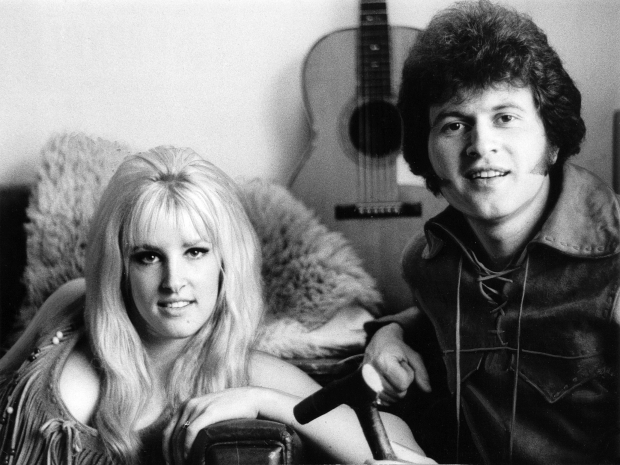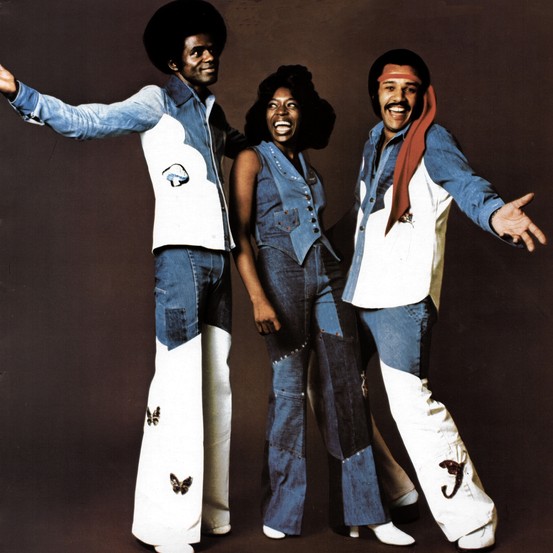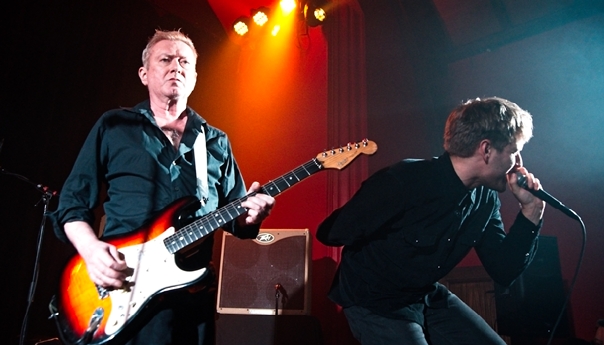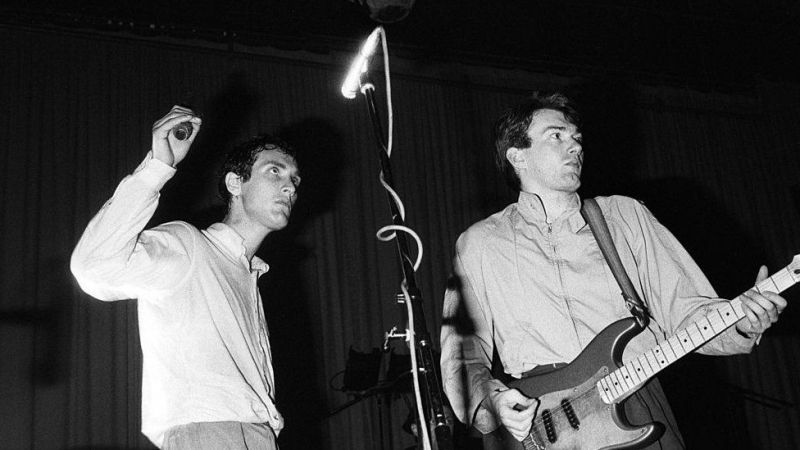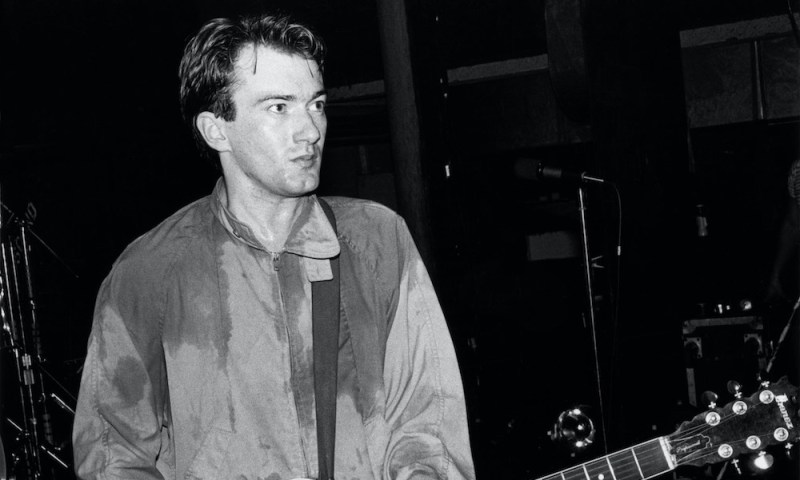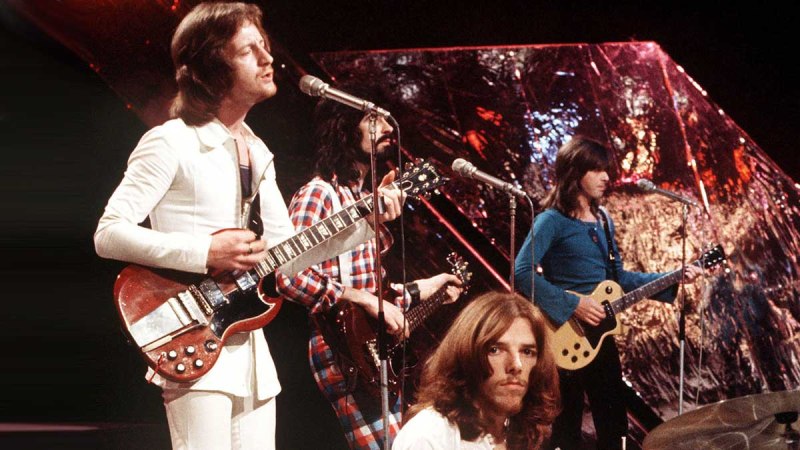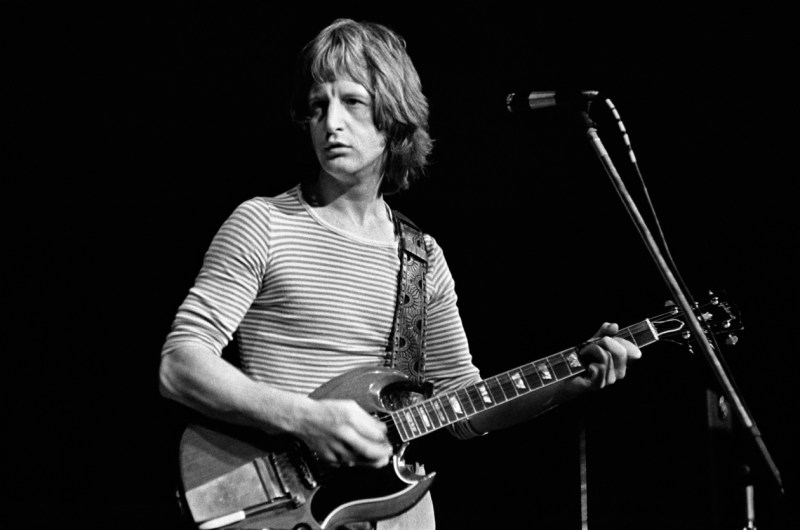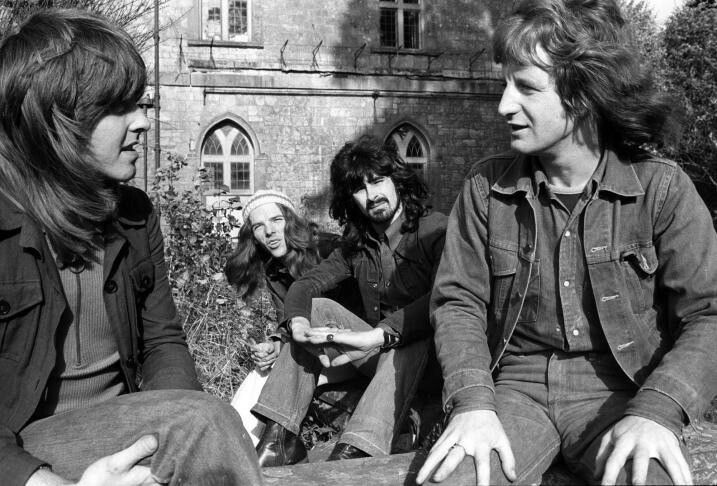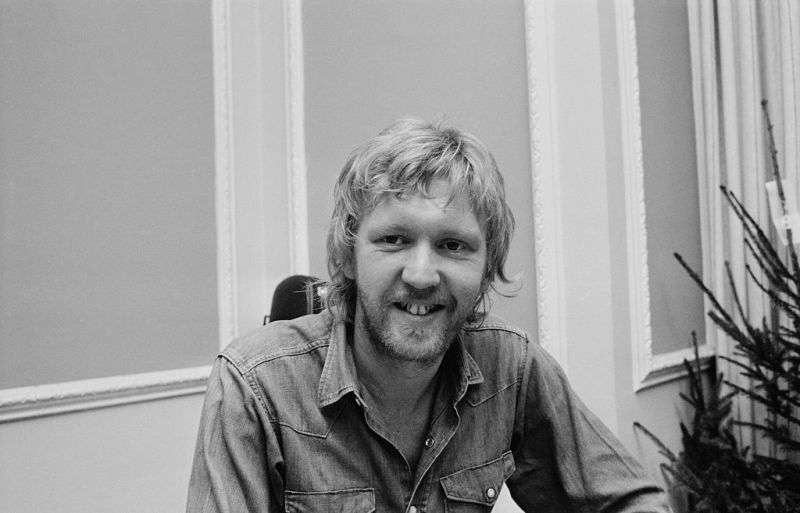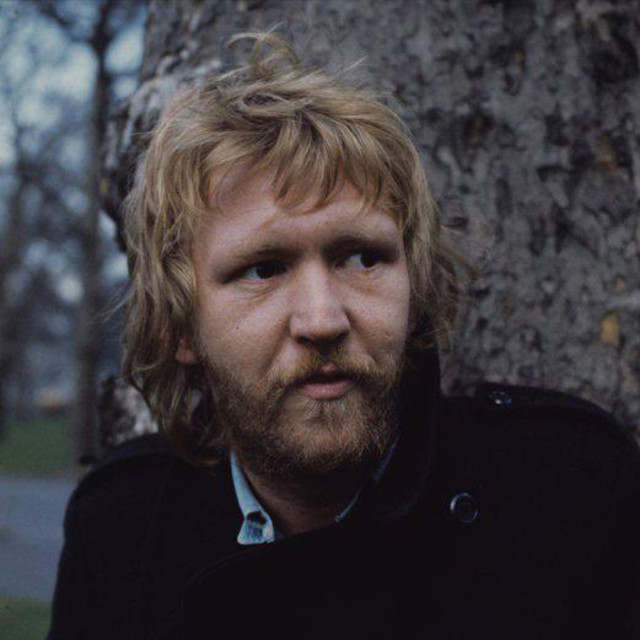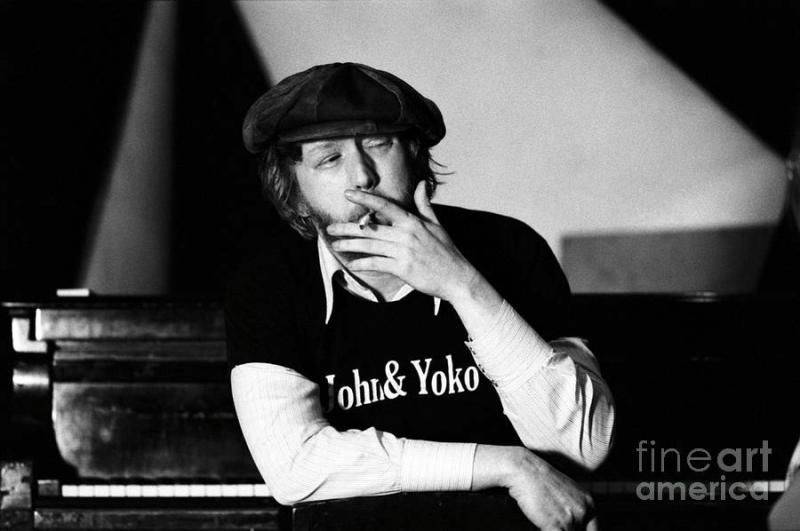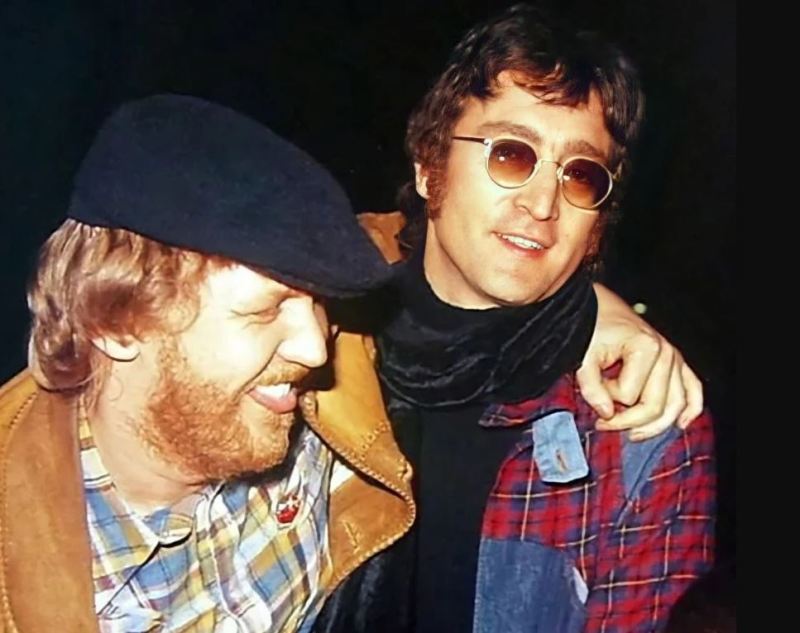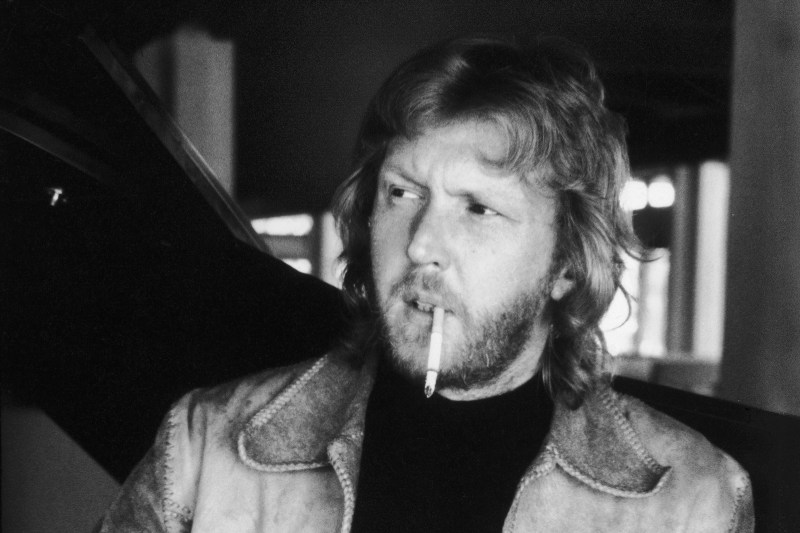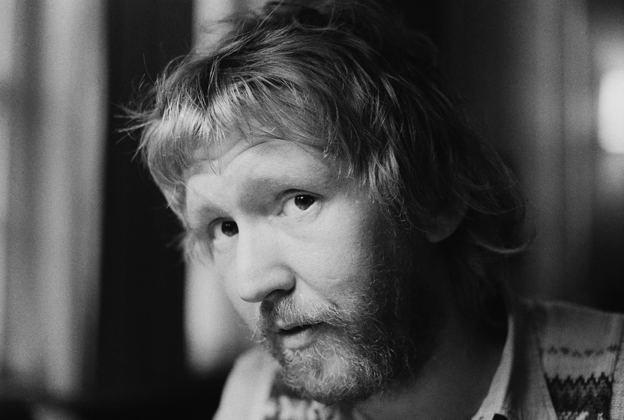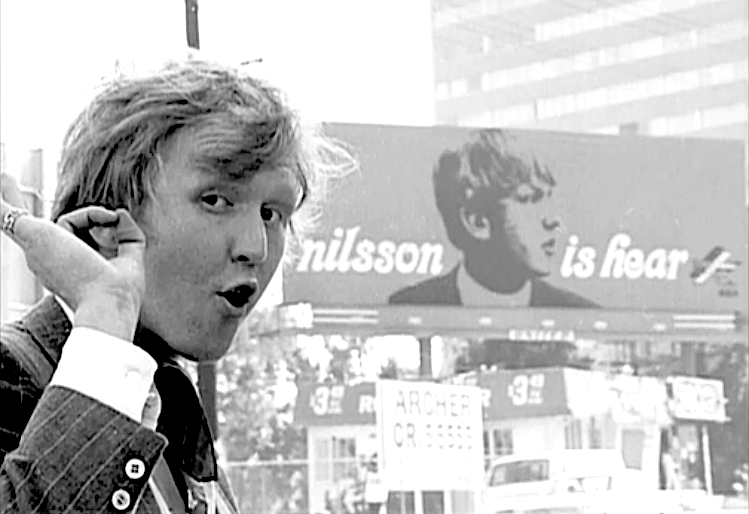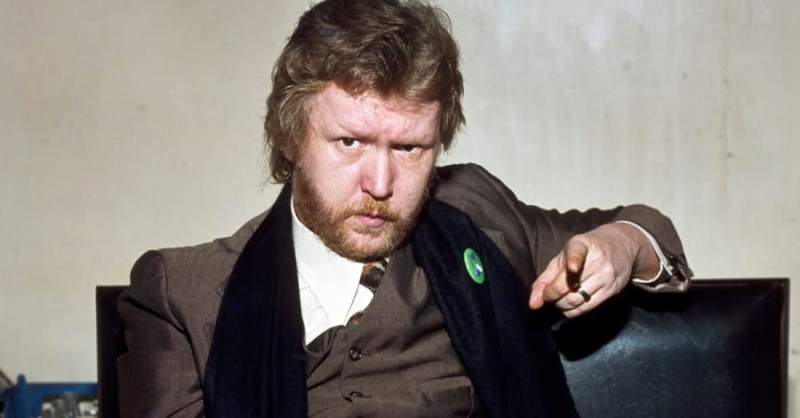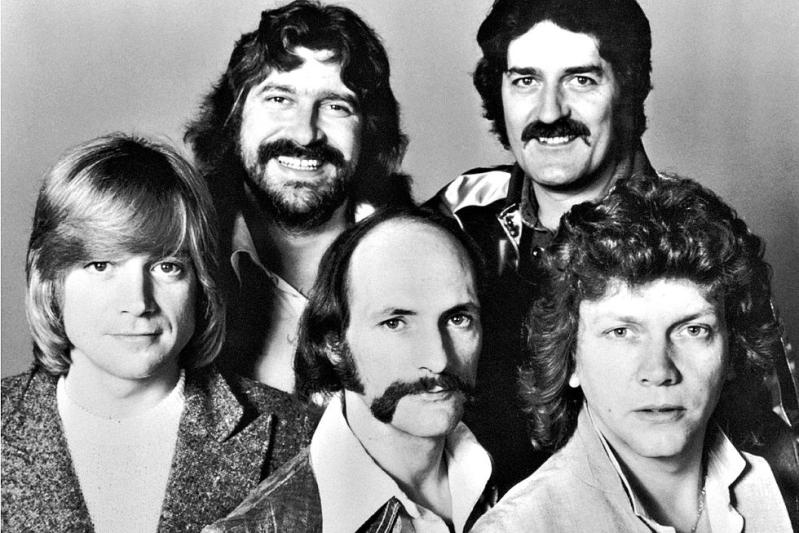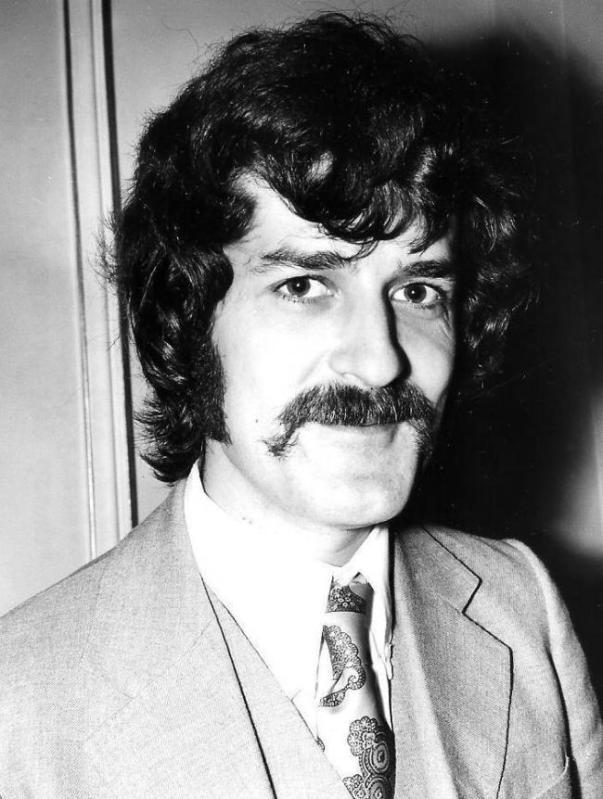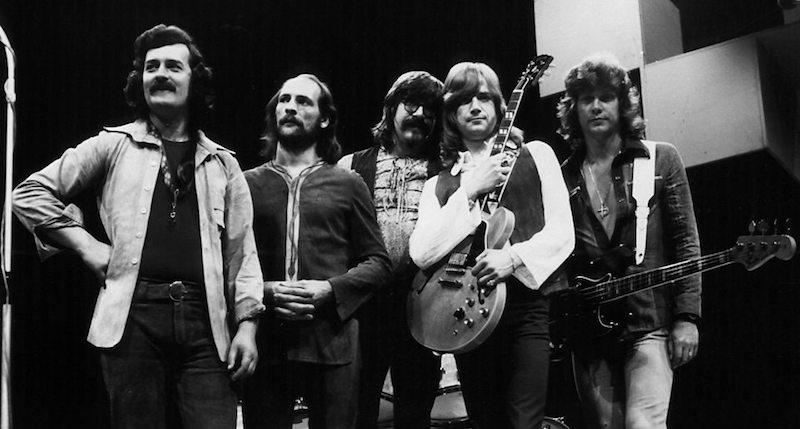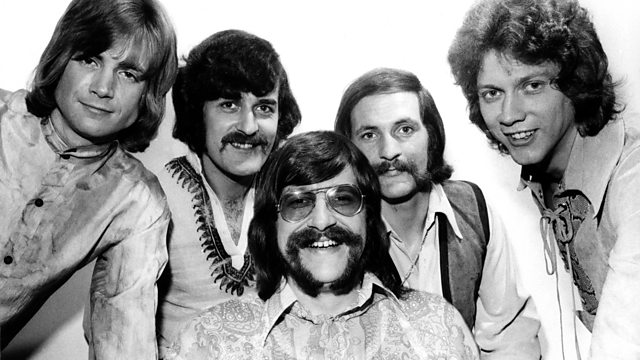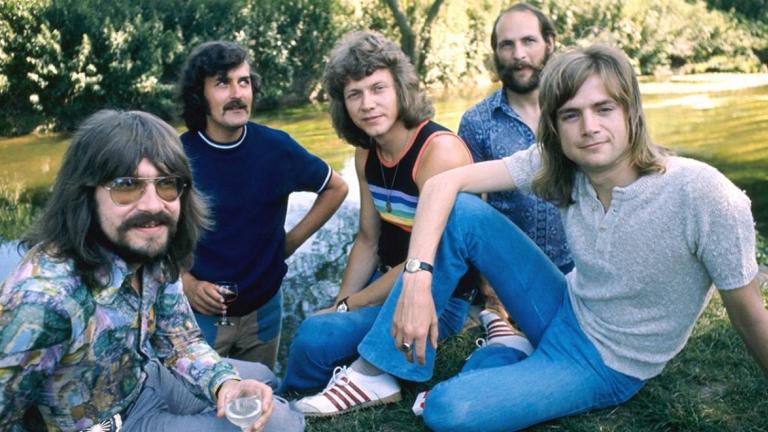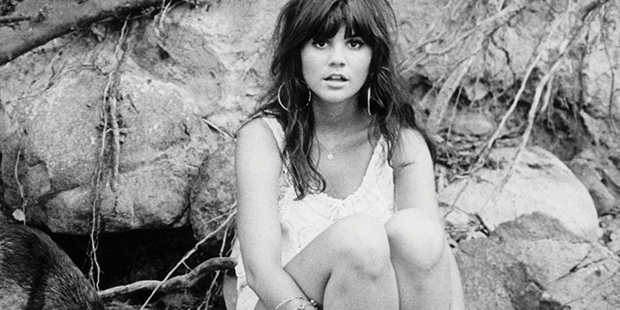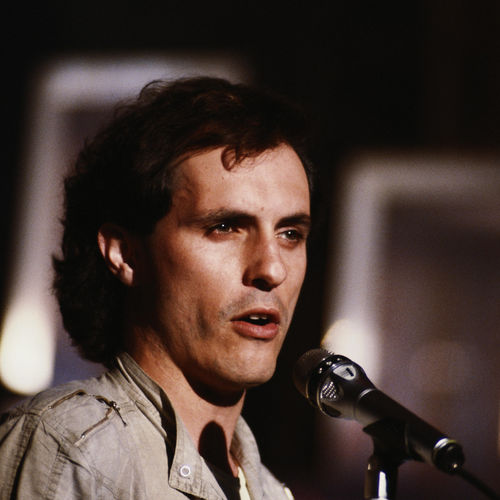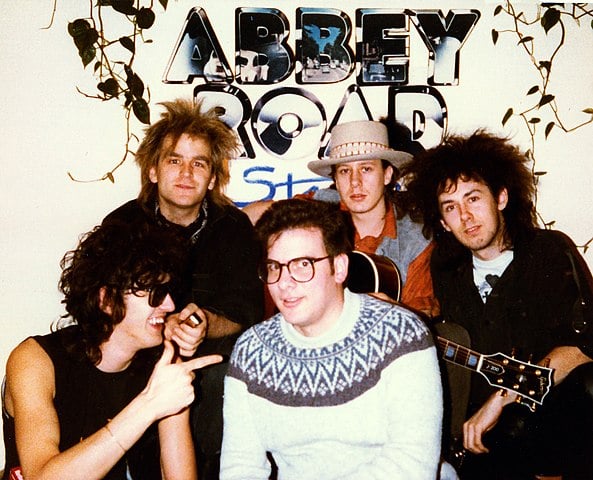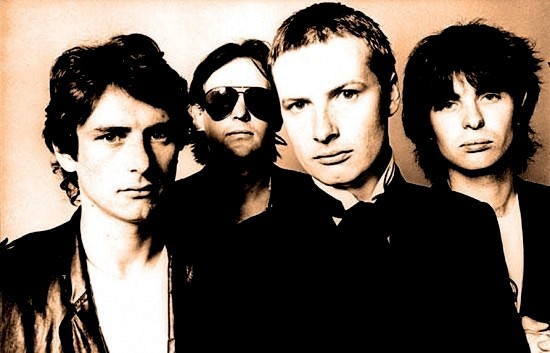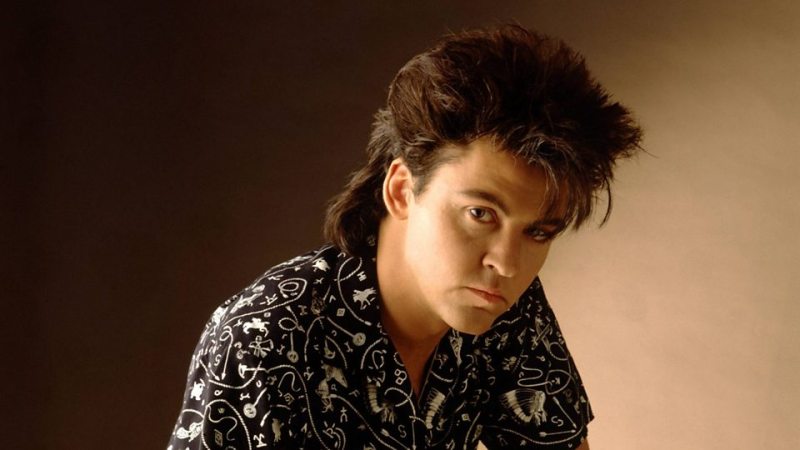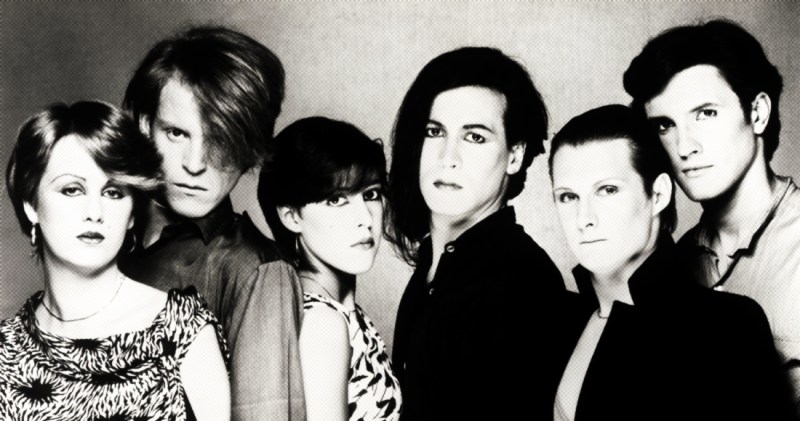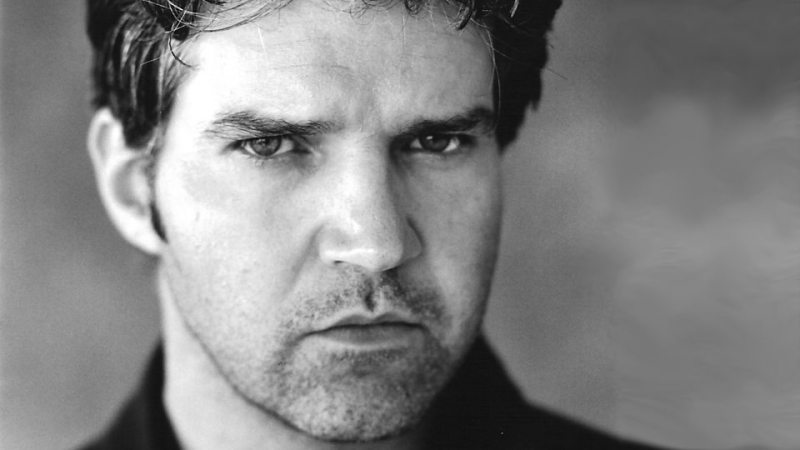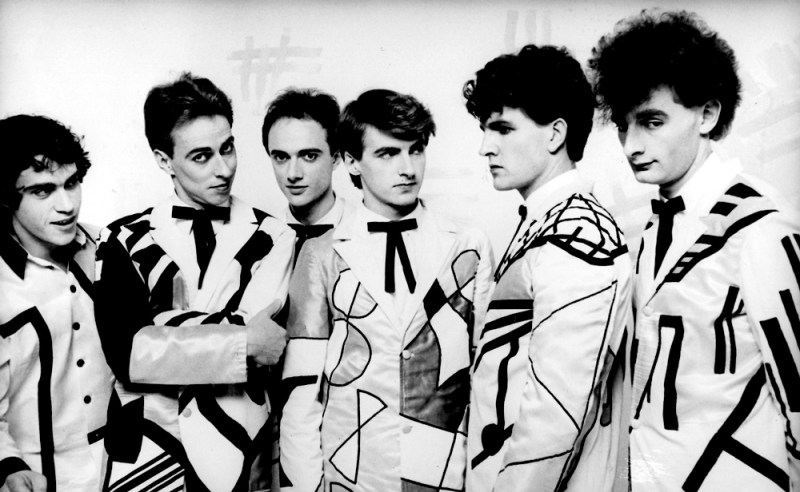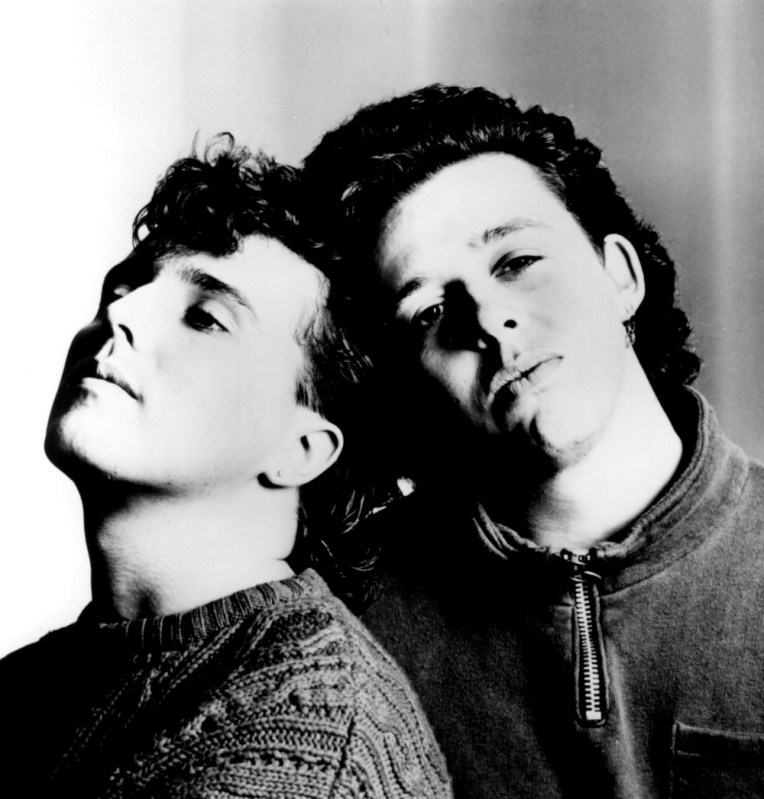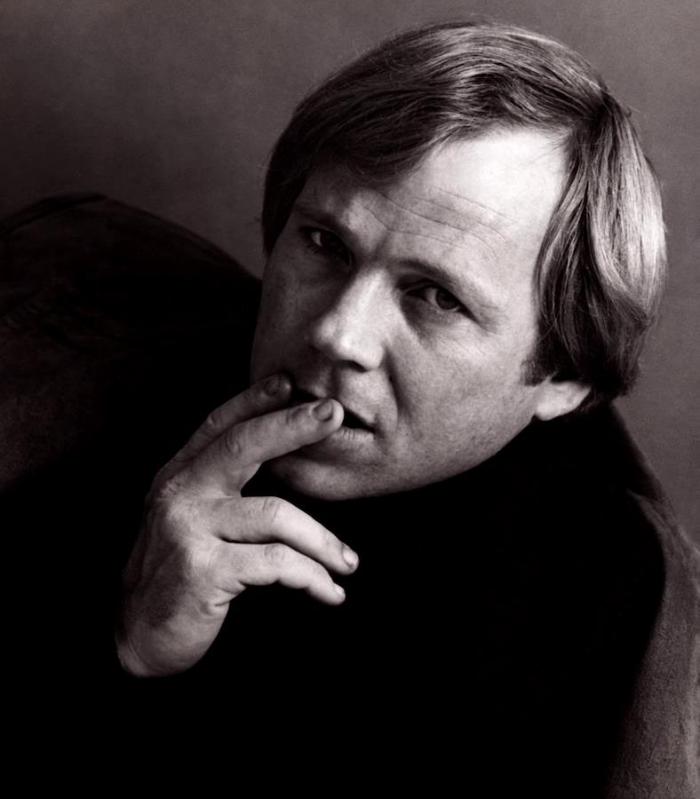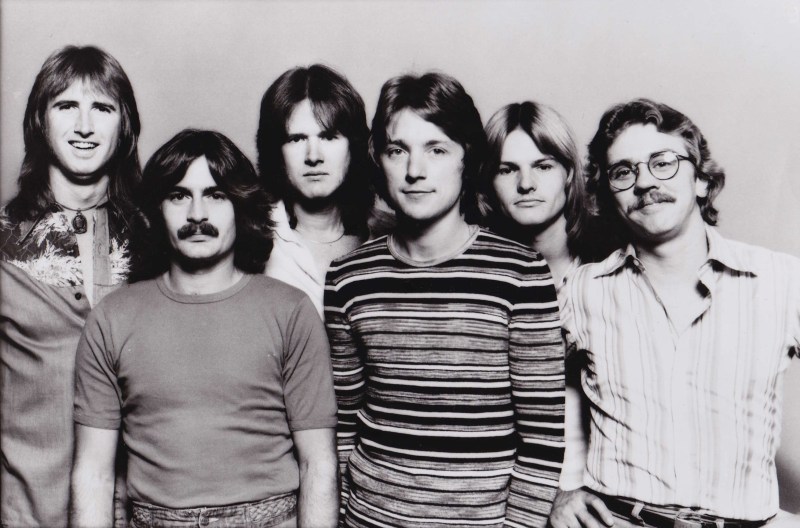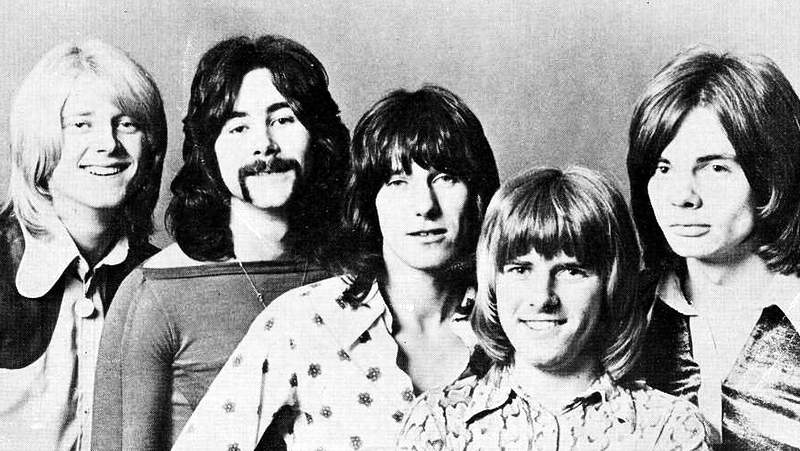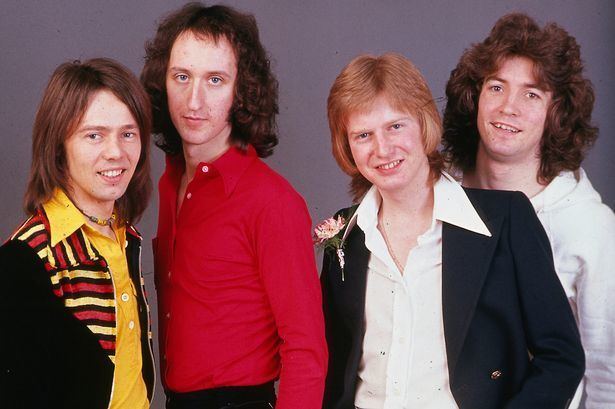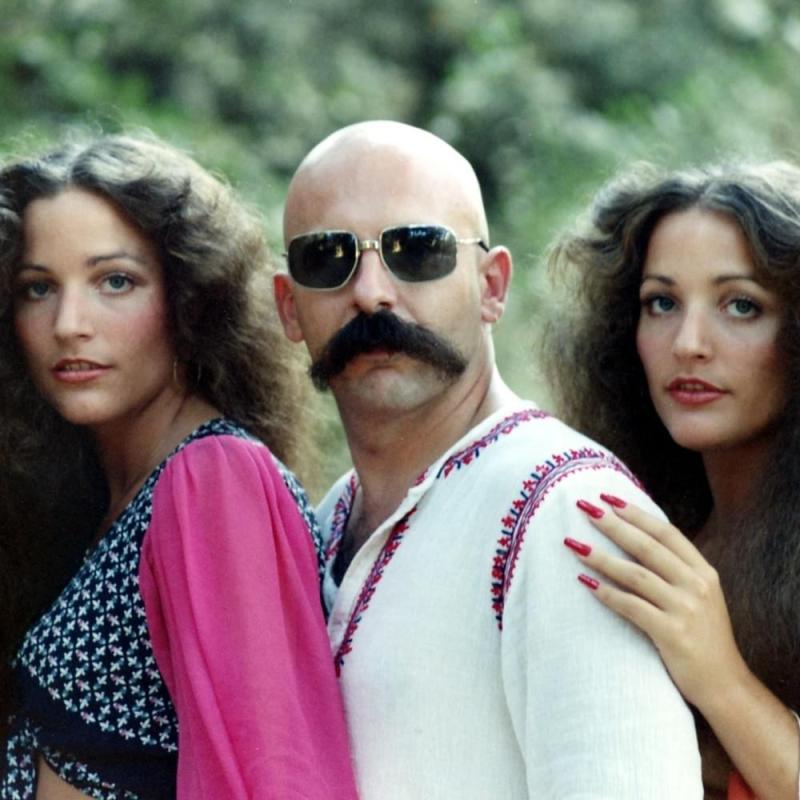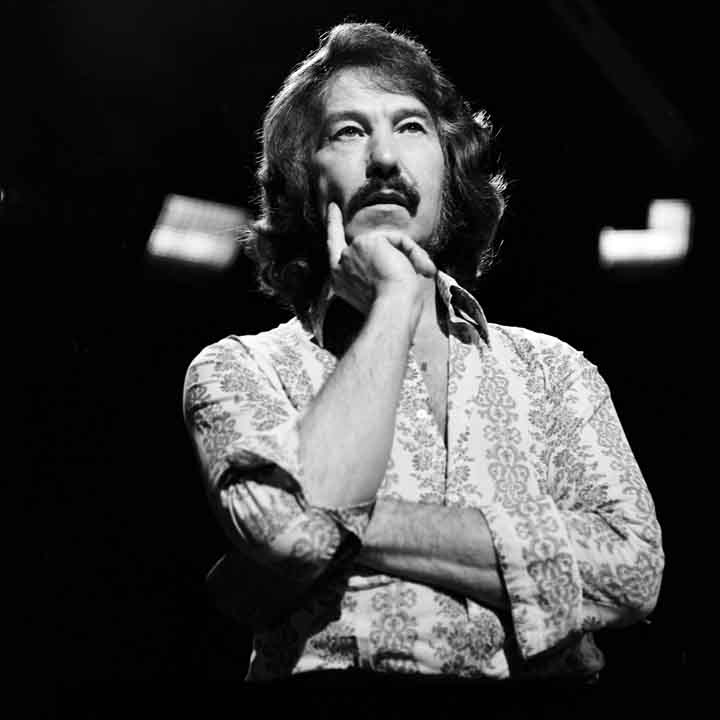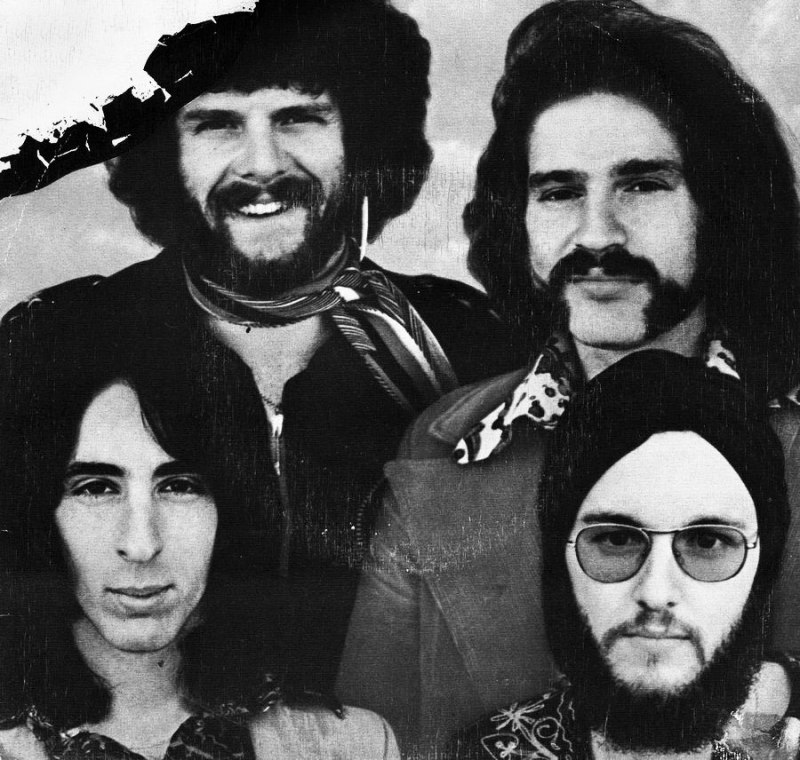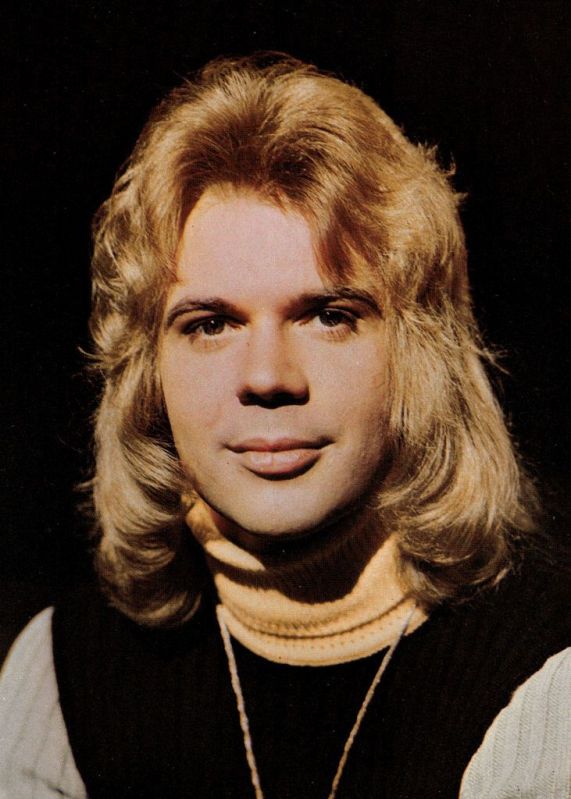Über-magical moments featuring Dave Loggins, The Guess Who, Terry Jacks, Paper Lace, Rick Derringer, The Hues Corporation, Redbone, William DeVaughn, David Essex, Golden Earring, and Blue Magic.
Tag: hit singles
Formed in 1976 by guitar maestro Andy Gill, vocalist Jon King, drummer Hugo Burnham, and bassist Dave Allen, Gang of Four produced some of the most crucial music of the late 70s-early 80s. Acerbic, satirical lyrics that were extremely socially aware were the group’s calling card, as was Gill’s formidable guitar work. The rhythm section generally laid down hard funk grooves, yet the music was spare, angular, jagged. A critical assemblage.
Mr. Harry Nilsson was unquestionably one of the premier songwriters of his generation. Witty, trenchant lyrics, frequently concerning isolation, accompanied wonderful melodies. When asked who his favourite American band was, John Lennon unhesitatingly replied “Nilsson”. As did Paul McCartney, for that matter.
Gifted with one of the most magnificent voices ever to be heard, Linda Ronstadt knew how to use it, as well. A vibrant performer with great presence, as is well-documented in the above vids. Can’t fault her material, either; she covered the likes of Emitt Rhodes, Warren Zevon, and Buddy Holly, to name just a few. A remarkable vocalist.
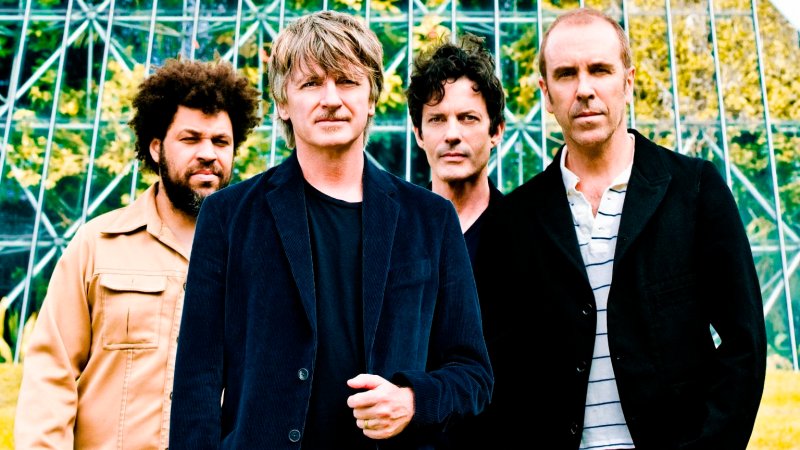
An introduction to some of the provocative musical goings-on way back in the 1980s. We have: The Vapors, Falco, Eddy Grant, Peter Schilling, Dead or Alive, The Alarm, XTC, Lene Lovich, Pete Shelley, Echo and the Bunnymen, Paul Young, Bryan Adams, Human League, Simple Minds, Pet Shop Boys, Lloyd Cole, Fiction Factory, Psychedelic Furs, Orchestral Manoeuvers in the Dark, Dream Academy, Crowded House, Split Enz, Squeeze, Tears for Fears, and The Housemartins.
The extraordinary, powerful, and, upon its 1965 release, highly controversial composition Eve of Destruction is performed live by vocalist Barry McGuire on the Hullabaloo show. McGuire, after being introduced by Jerry Lewis, delivers an emotionally charged rendition that made ripples—more like tsunami—across the US.
Composer P.F. Sloan recalls a few fascinating and unlikely (as in, almost credulity-straining…yet not) details: during the studio recording session, “Barry was reading it for the first time off a piece of paper I had written the lyric on! Okay. McGuire’s record is released but ‘Eve’ is the B-side. Somewhere in the Great Midwest of America a DJ played the wrong side by mistake!”.
Banned and denounced as unpatriotic, Eve only became more and more popular, most likely benefiting from all the wild, incorrect accusations and censure. Its creator and performer were not so fortunate, however; Sloan: “It ruined Barry’s career as an artist and in a year I would be driven out of the music business too.”.

A number of further One {approx.} Hitters from the 1970s. I cannot emphasize enough that some artists represented herein are responsible for more than 1 “hit”, somewhere in the world. Right. So, we’ve got The Blues Image, Ocean, Norman Greenbaum, The Sanford-Townsend Band, Wild Cherry, Flash and the Pan, and Sniff ‘n’ The Tears, this time around. Enjoy.
A soupçon of personal favorites, from a decade rich in great material. In order, we have: Edison Lighthouse, Pilot, Lee Michaels, Zager and Evans, Daddy Dewdrop, The Fortunes, The Ides of March, King Harvest, Hurricane Smith, Clint Holmes, Jigsaw, Walter Egan, John Stewart, Looking Glass, Tee Set, and JD Souther.



